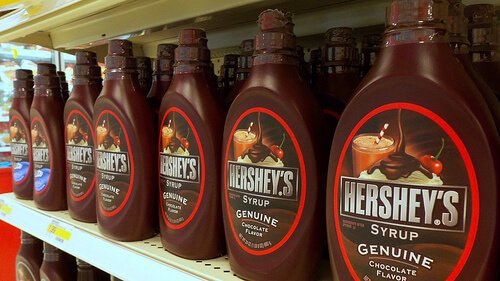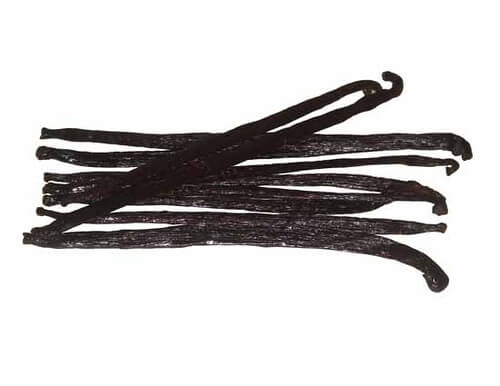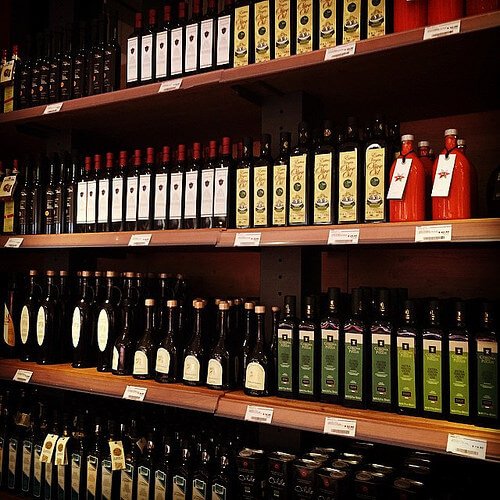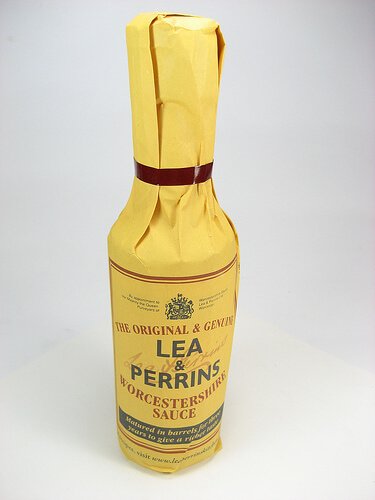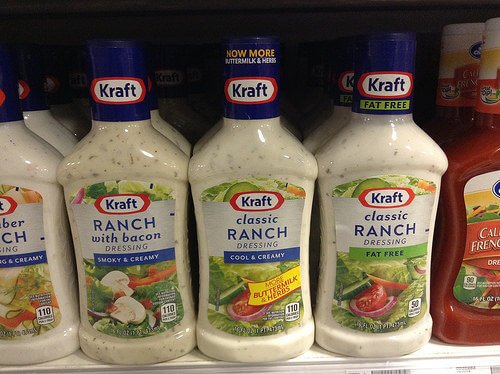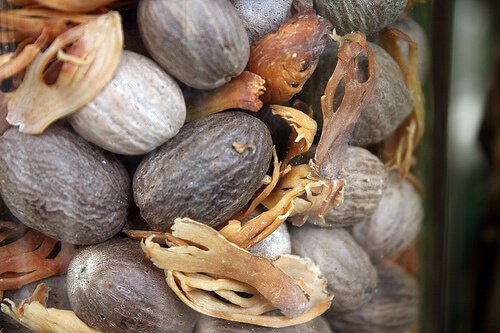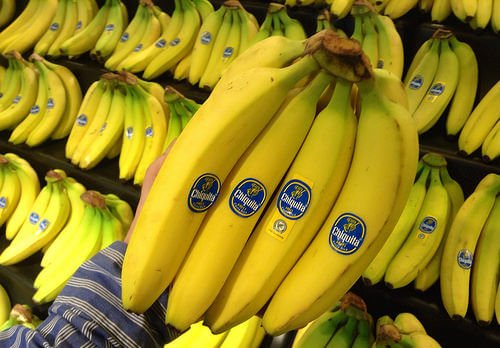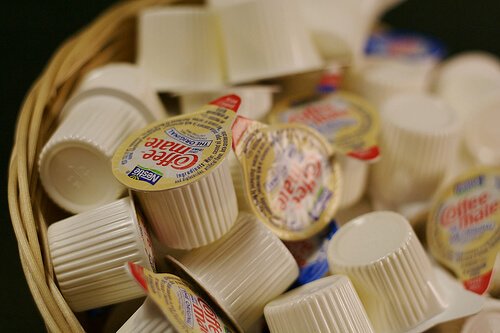Tucked in the back of almost everyone’s liquor cabinet is that rogue bottle of sherry that appeared, seemingly by magic. Whether it was a hostess gift, or the remnants of a holiday party, the question still remains: how long does sherry last?
Does sherry go bad?
Though sherry tends not to spoil in the traditional sense, this fortified wine actually does have a shelf life. Most types of sherry can be kept unopened for up to three years, however Pale Cream sherries have a shelf life of two years, and Fino and Manzanillo sherries have a shelf life of no more than 18 months. No matter the type, unopened bottles of sherry should be stored upright, in a cool, dry, dark place. There is no benefit to keeping sherry unopened for longer periods of time, as it does not continue to age, but rather, loses its flavors.
Once opened, a sherry will begin to degrade, and so the timeframe for drinking this beverage is limited. To retain the flavors as long as possible, opened sherry should be tightly corked, and stored upright in a cool, dark place. Open sherry will keep in the fridge for up to a month, though there are some noticeable changes that will occur to the taste during that time period, so drinking it sooner is recommended.

Image used under Creative Commons from Dominic Lockyer
Signs That Sherry Has Gone Bad
Because of the higher alcohol content, it’s easy to forget that sherry is still a wine and so, once opened, the chemical composition of sherry begins to change pretty rapidly. While the flavors in some sherries are actually produced by oxidation, further exposure can damage even these compounds. The longer sherry remains open, the more flavor compounds are lost, and the blander the drink becomes.
Another unpleasant side effect of sherry that has been opened for too long, is a cork that has dried out and crumbled into the bottle. This can be seen as black specks floating in the sherry (not to be confused with any sediment that may be at the bottom). This indicates that the sherry has certainly oxidized. Given that the floating cork bits may have developed mold, the sherry should not be consumed.
There are other reasons the flavor of sherry could change, or seem “off.” Cork taint is a condition that happens to about five percent of corked wine bottles, and occurs from a chemical reaction involving a fungus that grows on cork trees. While not harmful, this can create a musty, moldy cardboard type smell in wine or sherry. To “fix” wine with cork taint, a neat trick is to line a large bowl with plastic wrap, and pour the contents of the bottle over the plastic. After 45 minutes, the compounds causing this flavor change will stick to the plastic, and the wine may be consumed.
Storing Sherry Long Term
Once sherry has been opened, the clock starts ticking on freshness. While the fortified wine will no longer be pleasant to drink after a month, it will still be viable for cooking and using in salad dressings for up to a year. Of course, if the sherry displays any other signs of spoilage, like cork rot, it should not be consumed.
To get the most life out of leftover sherry that will be used for cooking, the easiest and most effective method is to freeze it. Distribute sherry evenly into an ice cube tray, leaving room so that the cubes do not fuse together. Cover the tray with plastic wrap, making sure that the plastic stays in contact with the sherry, creating a barrier from the air to preserve taste and prevent ice crystal formation. Freeze the cubes overnight, and then transfer them to an airtight container will prevent any further breakdown of the compounds. While these cubes cannot be used for drinking or mixing cocktails, they are great for throwing directly into sauces, stews, stocks and other cooked dishes where you would use fresh wine. The cubes will store for up to six months in the freezer.
The post Does Sherry Go Bad appeared first on Does It Go Bad?.

